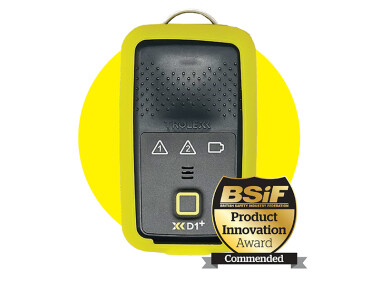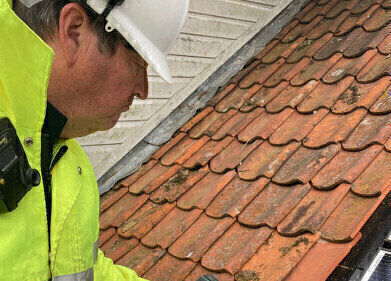Dust monitoring
When the (PM10) dust settles...
Jun 29 2021
New environmental legislation for the UK
This year the UK government’s Environment bill will finally complete its passage through parliament and set in law significant new governance structures for managing and improving the environment. The responsibility for holding the government to account will fall on the shoulders of the newly created “Office for Environmental Protection”. They are essentially an environmental watchdog who will provide independent oversight and assessment of the government’s progress. The OEP will have the power to scrutinise environmental policy and law, investigate complaints and take enforcement action against public authorities where necessary.
So, what does this mean for industry and specifically for the construction industry?
As yet there are no clear signs that planning laws or application processes will change but it’s likely that new developments will be subject to a greater degree of scrutiny. As expected air quality features heavily in the bill and in particular pollutants such as PM2.5 and NO2. Air quality assessments for new developments will need to comply with any changes and it’s expected that the latest more sophisticated computer modelling techniques will be used. Such models will help a developer identify pollution hotspots and provide the needed data to design out risk and reduce exposure. Technology is going to play an important part, and air quality assessments will need to model how pollutants disperse and where hotspots can occur.
So what about the effects on local air quality during the construction phase?
There are no changes expected in how a construction professional or air quality consultant would go about assessing the risk. Current guidance such as that from the Institute of Air Quality Management (IAQM) and the Mayor of London’s Supplementary Planning Guidance for the control of construction dust will still be followed. Where this might change however is with the likely introduction of a stricter exposure limit for PM2.5. Today’s guidance for dust risk assessments only cover PM10 and this is driven by two things; dust particulates from construction activities tend to be larger and the limit value for PM10 has both an annual and 24hr daily average threshold. A more detailed assessment will take into consideration the PM10 background levels from a local air quality monitoring station and use the guidance tables to determine the level of risk to nearby receptors. A local authority will be concerned about the potential for a breach in the 24hr limit and possibly even the annual limit for longer term projects. This level of concern on the part of the LA will increase significantly if stricter limit values are introduced for PM. Expect to see more planning permits requesting real-time dust monitoring for construction sites in the future.
How will construction dust monitoring change?
The UK has taken a lead already in this area with the introduction of a performance standard for real-time dust monitors. This is called MCERTS and there is a specific category for these instruments where several models from different manufacturers are listed. Most of these monitors are only certified to measure PM10, just the DustTrak™ Environmental Aerosol Monitor from TSI, can simultaneously measure PM2.5 and PM10.
What’s the conclusion?
Local authorities across the UK are expected to be given greater legal powers to enforce air quality controls and prosecute where necessary. Given the chronic lack of funding within local government you can expect the burden of monitoring and demonstrating compliance to be put upon private industry. The unknown at this stage is how prescriptive the government will be with regard to how monitoring is carried out in order to ensure a sufficient degree of data integrity. As of today there is a performance standard that exists for PM10 real-time dust monitors. A significant number of LAs in Greater London attach real-time dust monitoring to a planning condition and insist that MCERTS certified instruments are used, expect to see this approach used more often outside of the London area.
Digital Edition
AET Guide 2025
March 2025
Buyer's Guide Directory - Product Listings by Category - Suppliers Listings (A-Z) Air Monitoring - Stack Emissions Multi-Gas Analysis: OFCEAS<sup>®</sup> Technology Seduces the Market...
View all digital editions
Events
Mar 18 2025 Expo Santa Fe, Mexico
Mar 18 2025 Moscow, Russia
Mar 19 2025 Manila, Philippines
Mar 19 2025 New Delhi, India
Mar 20 2025 Guangzhou, China



















.jpg)




